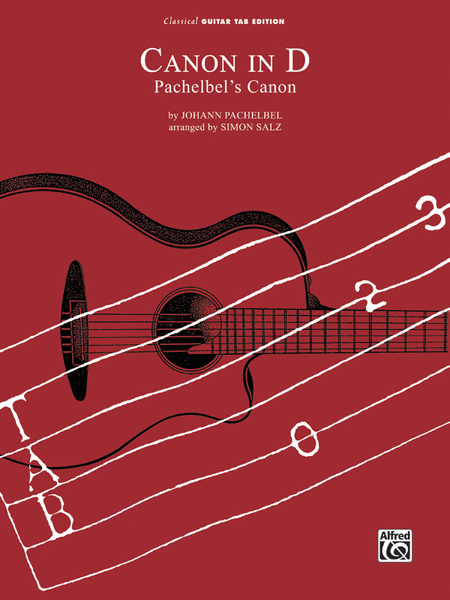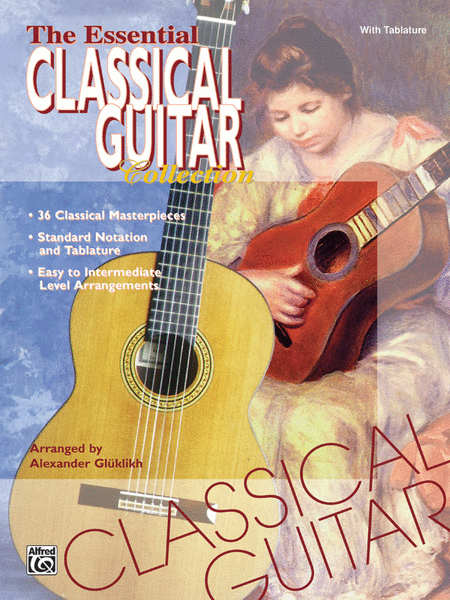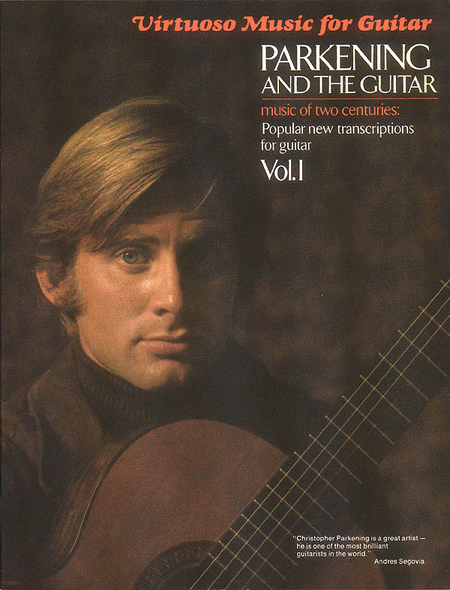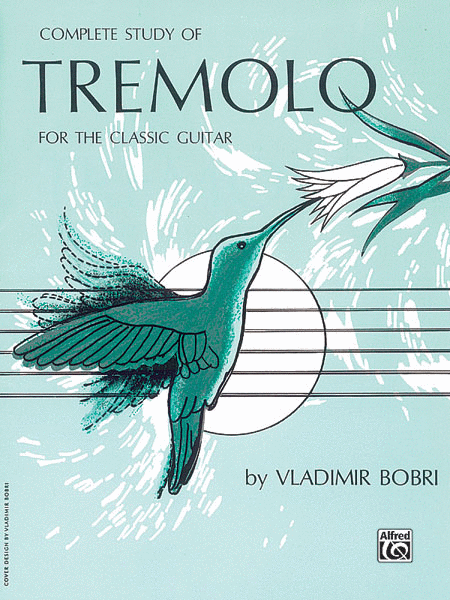Church music in Latin by Johann Sebastian Bach
comprises about ten compositions, all composed during
his Leipzig period. As a Lutheran church musician, Bach
was more devoted to the composition of sacred music in
German, writing hundreds of liturgical compositions in
that language, and for instance also producing a German
version of Pergolesi's Stabat Mater. Compared to
Lutheran practice elsewhere, an uncharacteristic amount
of Latin was however used in church services in
Leipzig: it included mus...(+)
Church music in Latin by Johann Sebastian Bach
comprises about ten compositions, all composed during
his Leipzig period. As a Lutheran church musician, Bach
was more devoted to the composition of sacred music in
German, writing hundreds of liturgical compositions in
that language, and for instance also producing a German
version of Pergolesi's Stabat Mater. Compared to
Lutheran practice elsewhere, an uncharacteristic amount
of Latin was however used in church services in
Leipzig: it included music on Latin texts being
performed on ordinary Sundays, on high holidays
(Christmas, Easter, Pentecost), and the Magnificat also
on Marian feasts (Annunciation, Visitation,
Purification).
In Lutheran service, a Missa was a setting of only
Kyrie and Gloria. Such a mass consisting of only Kyrie
and Gloria is for that time period sometimes indicated
as Missa brevis (literally: "short mass"). In 1733 Bach
composed such a Missa brevis for the Catholic court in
Dresden, however in an extended setting. In the late
1730s he again composed four Missae breves, mostly
parodies of earlier cantata movements. At the end of
his life he expanded the Missa for Dresden to his only
setting of the complete Mass ordinary, the Mass in B
minor.
Bach wrote four other settings of Kyrie and Gloria,
sometimes called Missa brevis. The attribute brevis in
this case means short in words, unlike the Missa brevis
of the classical period which is short in duration.
Sometimes the works are termed Lutheran mass, because
the combination of only Kyrie and Gloria was used more
frequently in the Lutheran liturgy.
They seem to have been intended for liturgical use,
considering a performance time of about 20 minutes
each, the average duration of a Bach cantata. They may
have been composed around 1738/39. Possibly they were
written for Count Franz Anton von Sporck or performed
by him in Lysá.
Each Missa is in six movements, the Kyrie one choral
movement in three sections, the Gloria in five
movements. The first and last movement of the Gloria
are also choral, framing three arias for different
voice types. The music consists mostly of parodies of
cantata movements. He changed the music slightly to
adjust to the Latin words, but kept the original
instrumentation. The opening chorus of Es wartet alles
auf dich, BWV 187, became the final movement of the
Missa in G minor, Cum sancto spiritu. Occasionally he
switched a voice part, for example he asked for a tenor
in the Quoniam of that Missa, a parody of the soprano
aria Halt ich nur fest an ihm of that cantata.
For the Missa in F major, BWV 233, scored for horns,
oboes, bassoon, strings, SATB, and basso continuo, Bach
derived most of the six movements from earlier cantatas
as parodies.
Source: Wikipedia
(https://en.wikipedia.org/wiki/Bach's_church_music_in_L
atin#Settings_of_.28parts_of.29_the_Latin_mass_liturgy)
.
I created this arrangement of the "Domine Deus, Rex
coelestis" (Lord God, King of Heaven) for Classical
Guitar & Strings (2 Violins, Viola & Cello).









 , 14 Mar 2022 at 20:22
, 14 Mar 2022 at 20:22 



